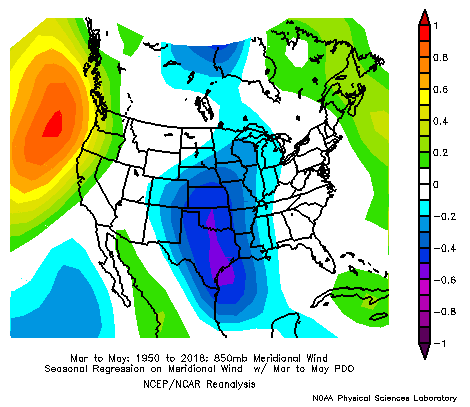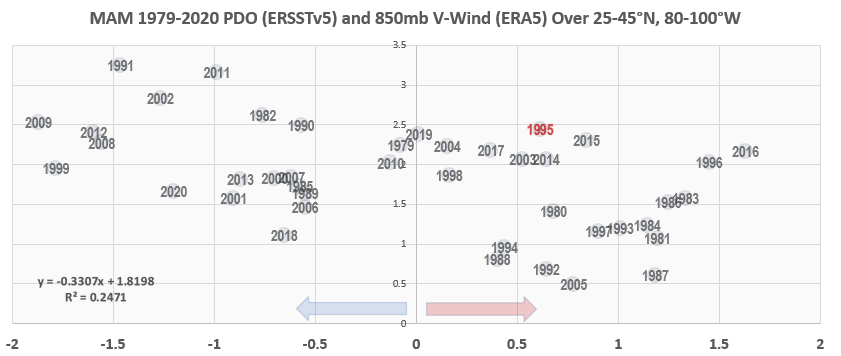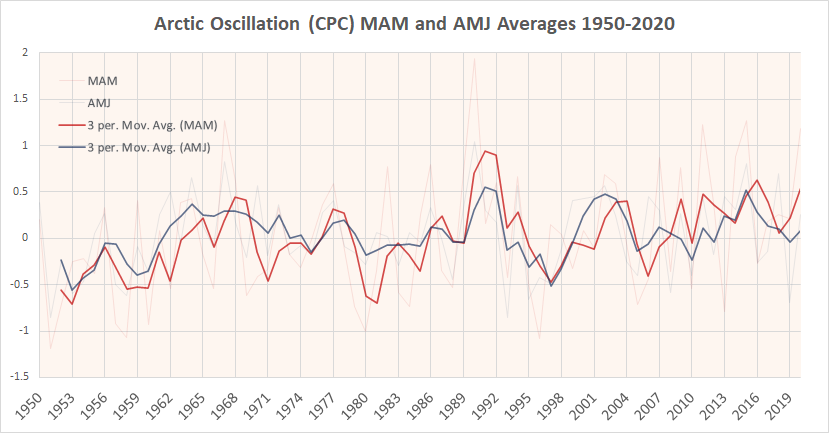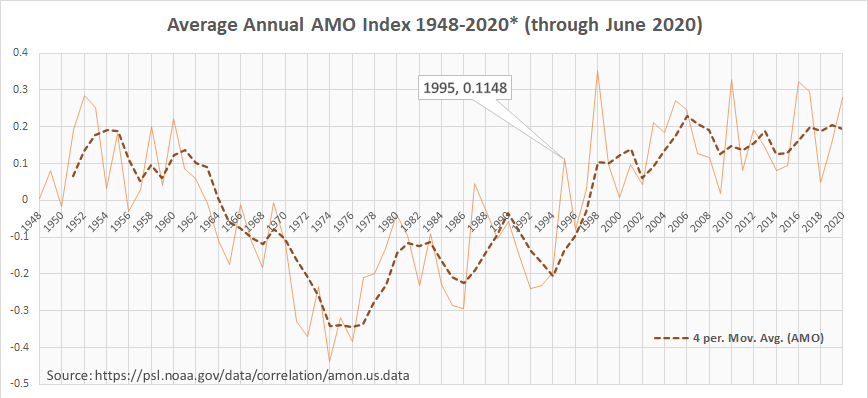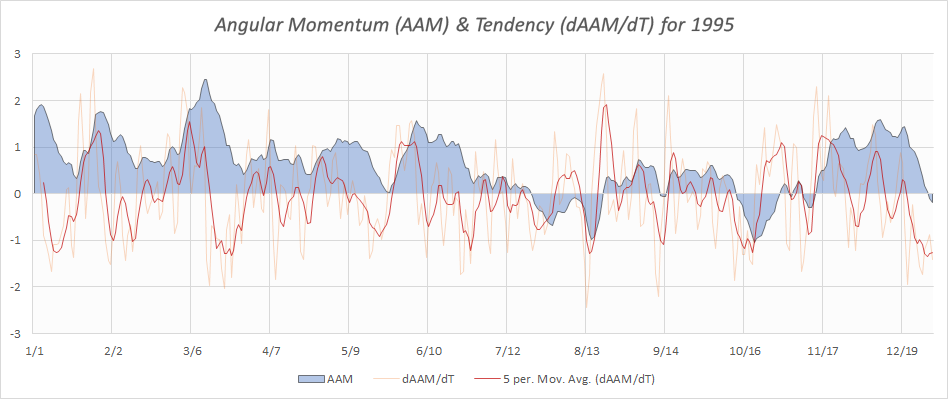The July 1995 Heat Wave killed hundreds of people in a short amount of time and has become 1 of the most infamous in our records. Its relatively quick nature came during a decade of broader rapidity, climate regime-wise, and I& #39;d like to share a few things about that time here.
at the time, experts discussed how unusual the heat wave was and how it couldn& #39;t necessarily be tied to climate change, e.g. Since then, we now know that it was a response to a changing trop/xtrop interplay related to the circumglobal teleconnection (CGT). https://journals.ametsoc.org/jcli/article/18/17/3483/30654">https://journals.ametsoc.org/jcli/arti...
The spring of 1995 was wet and cool in the Plains and it appeared to be a continuation of the +PDO/Niño regime of the 1980s into early 1990s (tends to favor PNA like response over CONUS).
But 1995 was a time of regime shift. The effects of volcanic activity had waned, and the decade would see a change in mean states of all major players (PDO, AMO, snow cover, volcanic activity, accelerated tropospheric warming). Watch how spring soil moisture changed over decade:
The first sign that something was up in the spring of 1995 was the stronger than usual low level jet (LLJ) from the Tropics to the Central USA. This would be opposite of the general PDO/Niño regressions for the springtime of the 850mb v-wind:
In fact, there& #39;s a statistically significant correlation between the spring PDO and the 850mb v-wind in this area in Reanalysis and ERA5. 1995 was a year that didn& #39;t follow this too well.
If shown as a scatter plot, since 1979, with horizontal axis being the PDO and vertical 850mb v-wind, you& #39;ll see 1995 is sitting at the top on the right side of image. This means that it had the strongest v-wind anomaly of all the +PDO springs since 1979 in ERA5 dataset!
This is important because the system in place, while residual Niño, was beginning to show opposite tendencies. This same strong meridional jet would be 1 of the reasons the 1995 heat wave was so bad, helping to supply the high dew points (along with the wet soil moisture) to area
the springtime of 1995 was dominated by polar blocking. Usually, this was something during the +PDO regime that would occasionally happen by effects of the strong Aleutian Low, but it was something more in 1995. The springtime AO saw the biggest transition during the 1990s.
most are quick to point out the AMO here. Yes, the AMO saw the biggest change in modern era also during this decade. The theme of this thread is rapidity!
1995 was seeing an increasingly eastern hemisphere influence http://www.atmos.albany.edu/facstaff/roundy/waves/hovsdetmjo/7.5S_7.5N/1995.png">https://www.atmos.albany.edu/facstaff/... & the Niña tendencies even manged to get the global angular momentum to drop into neg territory by July (after the late winter peak of the 1994-95 Niño winter). This is significant for the time.
you& #39;ll notice that at the time of the AAM flip, essentially, is when the heat wave struck (7/12-15). Rapid regime shift of the decade on broader scale, but here we see a rapid regime shift subseasonally.

 Read on Twitter
Read on Twitter